Treblinka I
Most of us know the name Treblinka in the same way we know Auschwitz. Were it not for the name of one of the largest Nazi extermination camps, hardly any of us would know this small village about 100 kilometres northeast of Warsaw. What is less well known is that Treblinka consisted of two independent camps, about two kilometers apart. The first of these two camps was not the Treblinka extermination camp, but a labor camp (Arbeitslager) established in 1941. This camp was set up in a forest next to a large gravel pit where the majority of prisoners were forced to work. Other prisoners were forced to work in workshops within the camp. Treblinka had good rail connections and there was already a road to Treblinka village. This was a major factor in the choice of Treblinka as a place to build a extermination camp.
Construction of the extermination camp began about two kilometres from the labour camp and prisoners from the labor camp were used as labor. When it was completed in July 1942, it was named Treblinka II and the former labor camp was named Treblinka I. Treblinka I consisted of about thirty barracks/buildings and about 2,000 prisoners were incarcerated at the same time. Although Treblinka I was not by definition an extermination camp, prisoners died for the same reasons as in other concentration camps. Outside the camp, the Nazis had set up a special execution site. In the aftermath of the Treblinka II uprising in August 1943, the camp was demolished by the Nazis. Treblinka I was not involved in the uprising and continued to exist until the summer of 1944 when the Soviet Red Army approached the area. The camp and the prisoners were evacuated and the Nazis demolished the camp. Between 1941 and 1944, about 20,000 prisoners passed through Treblinka I.
Current status: Demolished with museum (2015).
Location: 52° 37' 01" N, 22° 02' 19" E
Get there: Car.
Follow up in books: Arad, Yitzhak: Belzec, Sobibor, Treblinka – The Operation Reinhardt death camps (1987).
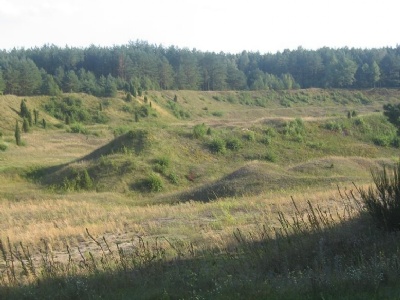
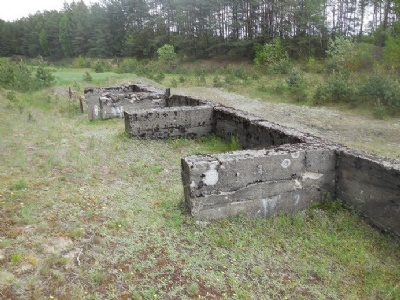

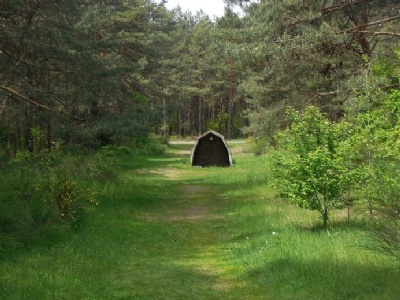
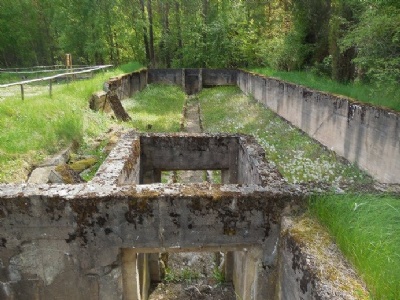
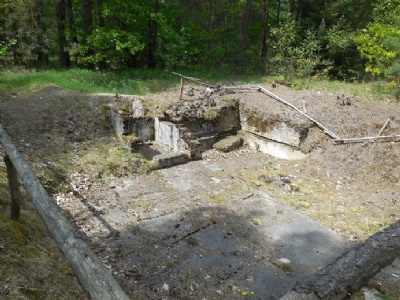
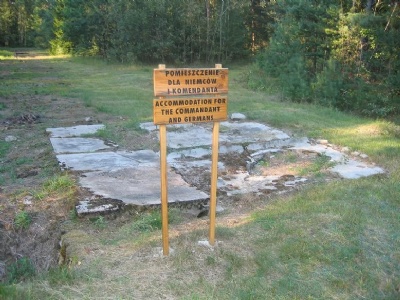
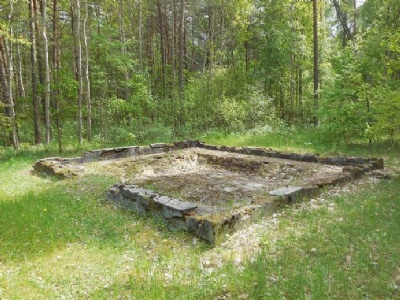
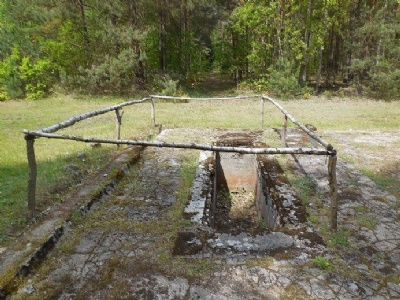
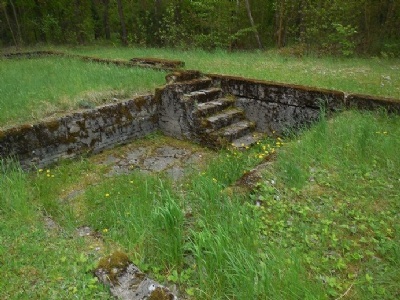
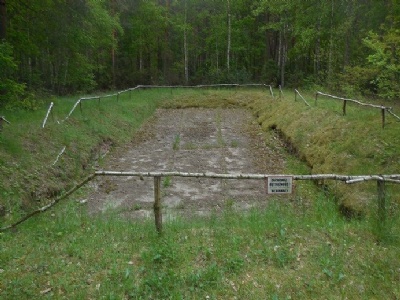
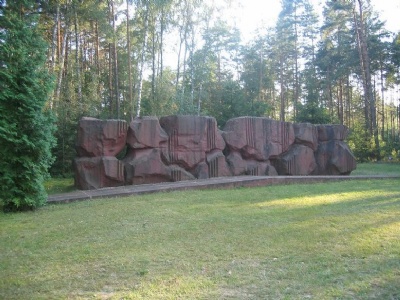
Unlike Treblinka II, where there are no foundations or ruins left, it’s the opposite in Treblinka I, which makes it really interesting to walk around the area. At almost every ruin there is an information board about its function. Treblinka I also makes the visit to Treblinka II much more interesting when they are put in relation to each other, the disadvantage may be they are two kilometres apart.